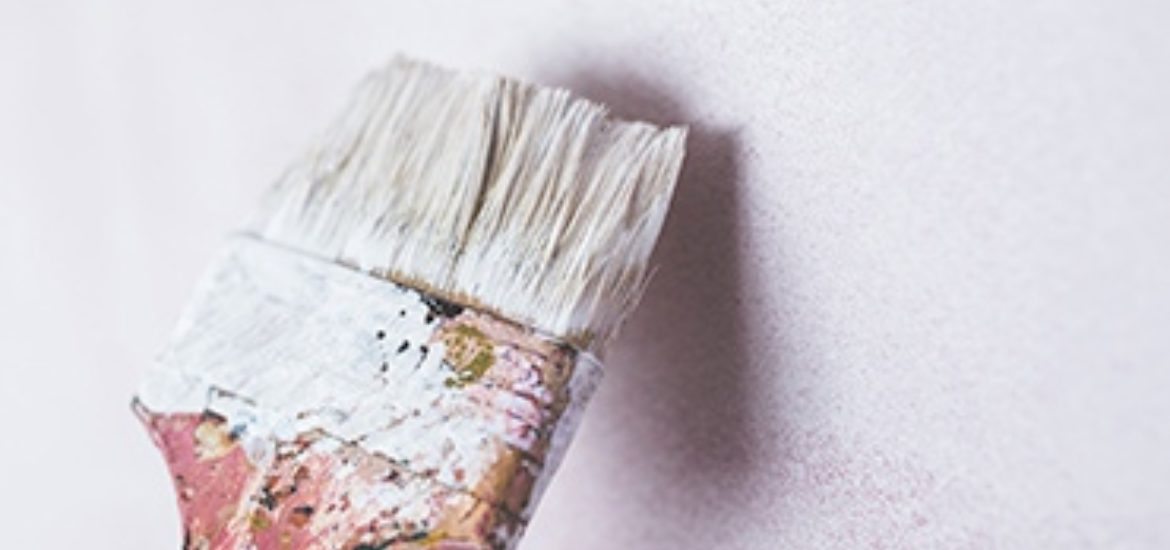Paint Troubleshooting
Mud-Cracking on a newly painted surface
Appearance:
Fine cracks in the new paint film, generally appearing from a few hours to a couple of days after application.
Cause:
There are two possible causes for mudcracking, the first is that the paint is being applied too thickly, this will cause the paint to fail whilst it dries as the particle size is too small.
The second possibility is that the paint is being painted on to a very porous, very absorbant surface and the paint film is drying before it has time to cure.
Solution:
In either case the surface must be properly cleaned, scraped and sanded; removing any paint that hasn't adhered properly to the wall.
If the paint is being applied too thickly we advise to dilute the paint and apply thinner coats.
If the substrate is too porous and absorbant we recommend diluting the paint with an equal amount of water/solvent (1:1) and to paint over the surface allowing it to absorb and stabilise itself. You should also allow extra water/solvent when diluting the following coats just in case there is still a little absorbancy.
Uneven Colour Shading
Appearance:
A Cloudy Shading on Finish (especially apparent in dark colours).
Cause:
Poor hiding especially with weak tints such as bright reds and yellows or highly porous, unprimed surfaces (eg. gypsum plaster and boards).
Solution:
Lightly sand down the whole area where clouding occurs and apply a coat of Betamatt diluted 1:1 with water. When painting highly porous surfaces such as gypsum board or plaster, start off with a very diluted coat of paint to prime surface. This will ensure that subsequent coats will have a uniform shading.
With weak colours such as bright reds or yellows make sure you use a suitably coloured undercoat to help hiding and to leave ample time between coats to ensure perfect drying before overcoating.
Chalky or Unstable Surfaces
Appearance:
Walls with flaking paint and a whitish, powdery residue.
Cause:
Old paint on walls which weaken in time or a heavy presence of lime wash (gir).
Solution:
Ensure the total removal of any flaking old paint and sand down to feather edges. If necessary, plaster with a cement based fine plaster, avoiding gypsum plaster due to it’s low water vapour permeability. Where an excess of lime wash is present, clean away as much as possible with a hard edged brush and prime with one full coat of an alkali resistant primer such as Beta Concentrated Stabilising Primer (See directions for use on container).
Stains showing through new coats of paint.
Appearance:
Stains can show up in many different colours but generally brown, yellow, red, blue and purple and tend to leech through the new coats of paint a few hours or even days after painting.
Cause:
Most of the time stains are caused by permanent marker, nicotine, tannin and dyes that remain inactive until a new coat of paint is applied and they re-surface, they could also re-surface when air humidity is unusually low in the room.
Solution:
In order to save both time and money it is important to deal with stains immediately in order to avoid problems in the future. We highly recommend two coats of BETA Stain Blocking Primer on problem and surrounding areas; it's active ingredient permanently locks in stains and prevents them from leeching in to the subsequent coats.
 Co-financed by the European Union
Co-financed by the European Union

